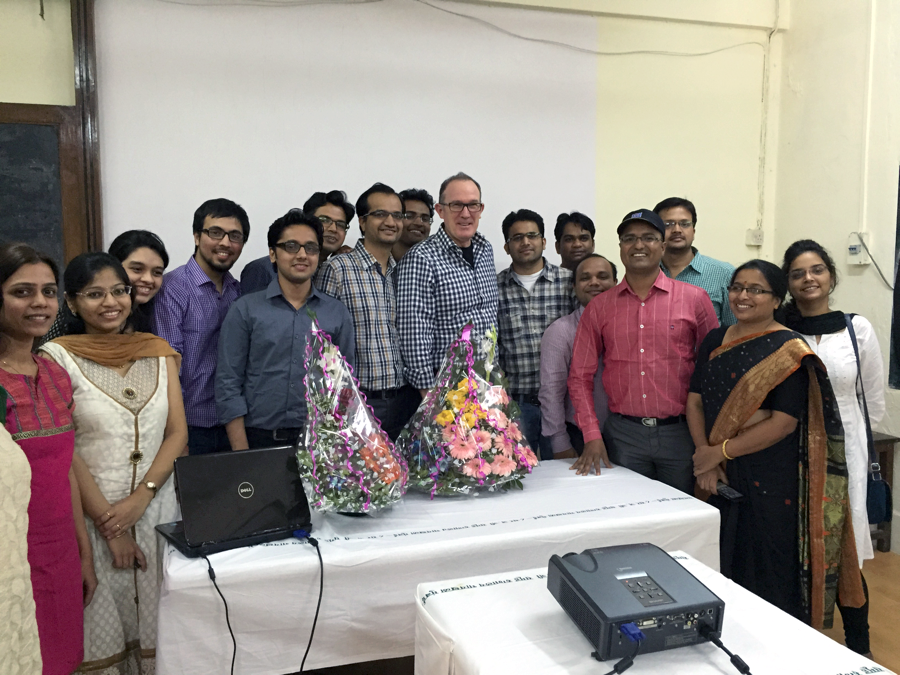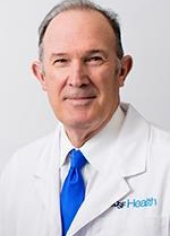Going Global: A UCSF Radiologist's Visiting Professorship in India
 I was fortunate to be named the 2014 ASNR Outreach Professor for Mumbai, India, a position which allowed me the opportunity to travel across the world to lecture, perform case reviews and speak at the Indian Radiological & Imaging Association annual meeting. The Indian radiology community hosted me in each of the four major teaching hospitals in Mumbai in January 2015:
I was fortunate to be named the 2014 ASNR Outreach Professor for Mumbai, India, a position which allowed me the opportunity to travel across the world to lecture, perform case reviews and speak at the Indian Radiological & Imaging Association annual meeting. The Indian radiology community hosted me in each of the four major teaching hospitals in Mumbai in January 2015:
- Dr. Sunita Tibrewala - TN Medical College and BY Nair Hospital
- Dr. Anagha Joshi - Tilak Medical College and Sion Municipal Hospital
- Dr. Shilpa Domkundwar - Sir J.J. Hospital
- Dr. Shilpa Sankhe - KEM Hospital and GS Medical College
These facilities are municipal or government hospitals that are used by all segments of Indian society, but primarily by the indigent in Mumbai. In addition to the municipal and government hospitals that I visited, Mumbai has a robust and well developed private clinical and hospital sector, which many middle and upper class citizens use for health care and imaging. These resemble the best the United States has to offer, with excellent equipment and technological expertise.
However, the number of patients seen by the municipal and government facilities is overwhelming by American standards. This places tremendous pressure on health care providers, especially Radiology Services that are faced daily with many patients who are being screened for disease. Most of these hospitals have a single CT and MR scanner. By necessity, the radiologists are superb at moving patients through these resources in an efficient and brisk fashion. Residents are a key component of this effort, working up to 12 hours a day, seven days a week with breaks only for holidays and summer vacation. CT is typically open 24 hours a day and 70 to100 patients are scanned daily. The MR scanner is open until 11:00 p.m. with patients scheduled for 30 to 40 minutes per examination. Ultrasound is used primarily for screening, with up to 50 examinations daily performed by five residents.
The pathology I saw was amazing. Infections are frequent in the population, particularly meningitis, TB and cysticercosis, which is increasingly seen among vegetarians who eat contaminated raw or unclean vegetables. I was also shown quite a few pediatric congenital cases – experience in India would be a great learning opportunity for pediatric neuroradiologists!
My obligations as ASNR Outreach Professor included two to three lectures and one or two case conferences per day. The residents also presented interesting and difficult cases to me, which was both fun and challenging. The residents and staff were extraordinarily grateful for my teaching and the opportunity to share our experiences with one another. Due to the overwhelming number of patients, teaching typically occurs on the fly, with few organized teaching conferences. Forty to fifty people attended my lectures and case conferences, and were very appreciative of the opportunity to listen to lectures and share cases. In India, residents take oral boards, so they were very grateful for the opportunity to discuss cases in a conference setting in preparation. I also lectured, along with several ASNR colleagues, at the annual Indian Radiological & Imaging Association (IRIA) meeting held in Kochin, a southern city in the state of Kerala. Our hosts provided hotel accommodations and the ASNR a modest stipend for costs of travel and incidental expenses.
I hope that India will continue as a site for our ASNR outreach professor program. We had a marvelous experience and enjoyed making new friends. Indian radiology is flourishing, and the residents and attendings are excellent. The experience was enormously valuable for me and met the goals of a collaborative cross-cultural teaching experience. Cross-fertilization is great for radiologists and would be great for trainees in both countries. At UCSF, we look forward to continuing radiology outreach on a global level.

